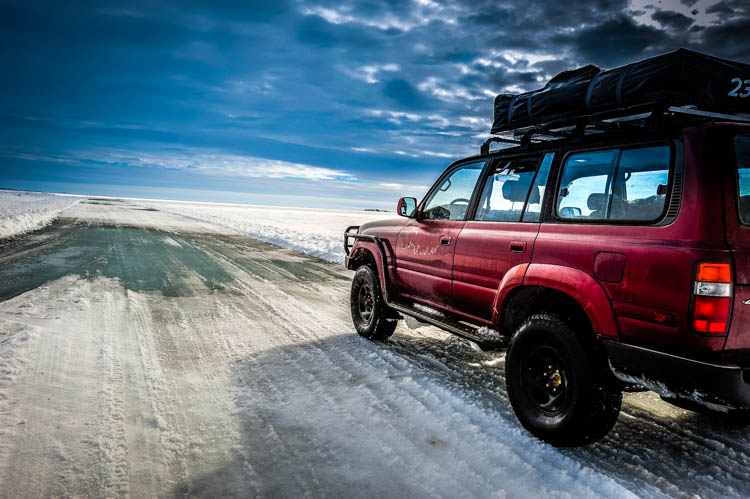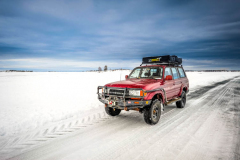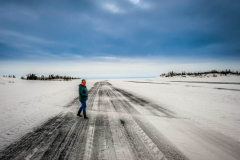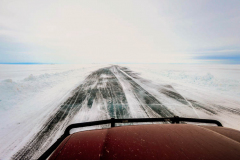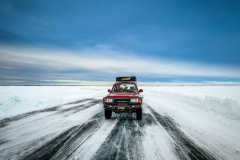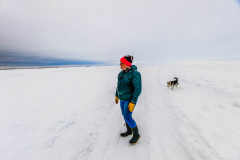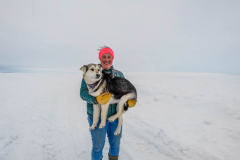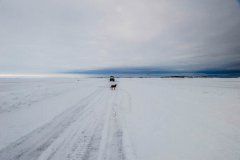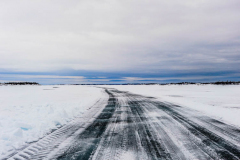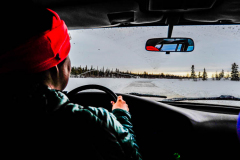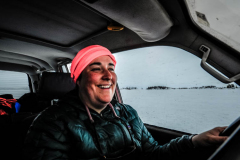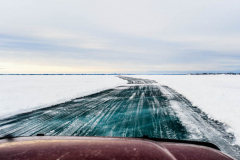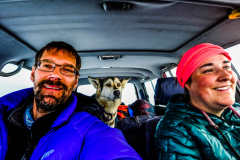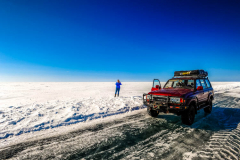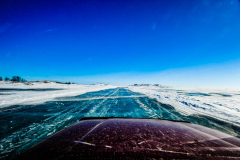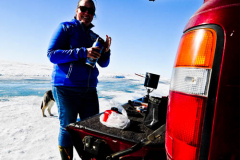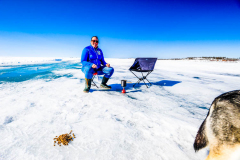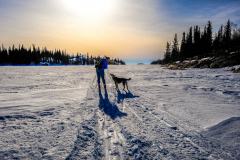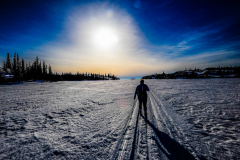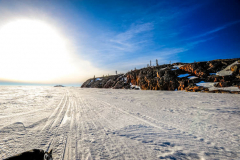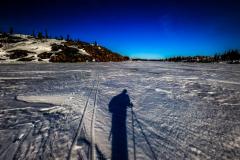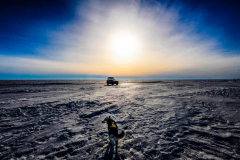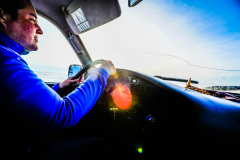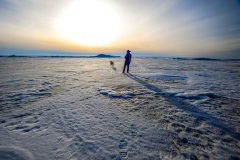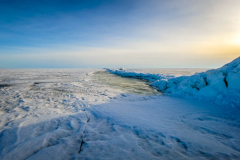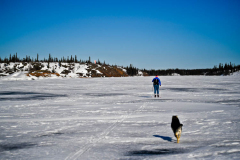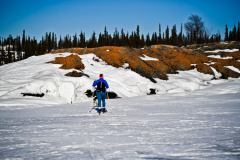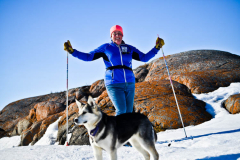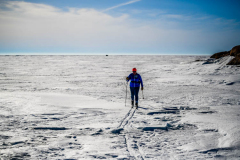Location
Baillie Island is located at the northern tip of Cape Bathurst, the most northern portion of mainland NWT.
This area is of importance due to the occurrence the rare hairy rockcress or hairy braya (Braya pilosa, genus Braya of family Brassicaceae) that is observed at five locations on the Baillie Islands and Cape Bathurst.
Methodology
Two different methods were used to measure coastal erosion on Braille Islands. Both methods use an early and later (most recent satellite image). The measure distance between the coastline of earlier and coastline of the later satellite image is inferred to be the amount of coastal erosion between the date of the earlier image and the date of the later image. The difference between Method-1, and Method-2 is the time span between the earlier and later image, and the resolution of the satellite imagery. Method-1 uses the earliest available moderate resolution (30m) Landsat satellite imagery 1985-2021, where as Method-2 users the higher resolution Sentinel-2 (20m) using available dates (2017-2021). Five (A-G) cross sections were used for measuring the distance between the earlier and later satellite image. This was done in ArcGIS Pro. The process of measuring involves subjective interpretation in respect to measuring a smooth surface (thick blue line) of a raster (pixelated) image (see image below).
As Sentinel-2 imagery has a finer resolution than Landsat (20m vs 30m) the pixels are smaller, and thus assumed to be closer to the smooth surface representing the actual coastline.
Measured distances between the earlier and later satellite images were divided by the time interval between the earlier and the later images, and shown in red in the following Figures.
Method-1
This method uses Landsat (1985-2021) imagery for measuring of coastal erosion.
Method-2
This method uses available Sentinel-2 imagery.
Summary
Noting that the date range for Method-1 spans 36 years and 4 years in Method-2, the measured distances at the five cross sections differ significantly. There may be a number of reasons, including the coarser pixel size of the Landsat imagery, and corresponding errors in the subjective interpretation of the measurement between the earlier and later images. There is the possibility that there has been an increase in coastal erosion during the later time interval, thus shewing the averaged erosion rate when divided by the time interval between the earlier and later images.




